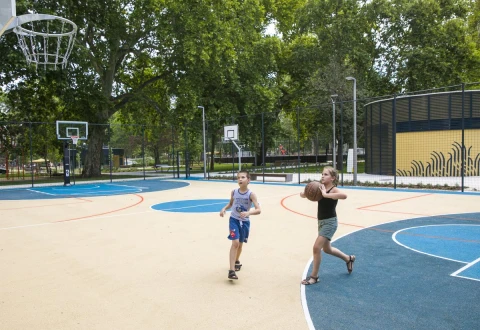Our first ten years
House of Music Hungary
The House of Music Hungary is the country's most internationally award-winning building, a true masterpiece of contemporary architecture, designed by the Japanese star architect Sou Fujimoto. With its organically undulating, perforated roof structure and huge glass walls, it is an unmistakable sight. The house was built on a site that had been isolated and neglected for decades, where 7,000 square metres of green space have been restored and made open to the public once again. In an unprecedented short space of time, the House of Music has become one of Hungary's most visited cultural institutions: its concerts and exhibitions are constantly sold out, but many people come just to admire the unrivalled building. In addition to all this, its sound dome offers a unique experience, where you can discover the world of sound around you on a special 360-degree journey.
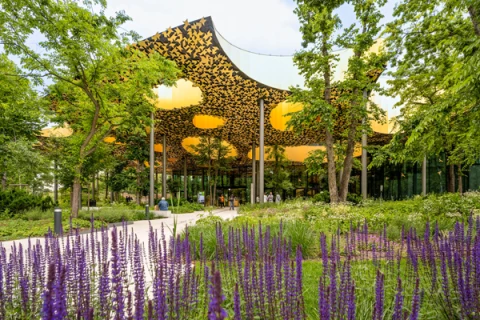
Museum of Ethnography
One of Europe's most modern ethnographic museums has been built on the basalt-covered site of the former Parade square, where thousands of cars parked every day. Designed by Napur Architect, the spectacular new building, which evokes two interlocking hillsides, features a façade decoration made up of nearly half a million pixels.In addition to interactive exhibitions, the impressive Ceramics Space with around 4 000 artefacts and the Liget Budapest Visitor Centre with its giant mockup of Budapest's Golden Age await you. The rooftop garden of more than 7,000 square metres has become one of Budapest's favourite meeting places, hosting countless experiences from school groups on excursions to picnicking families and proposals.
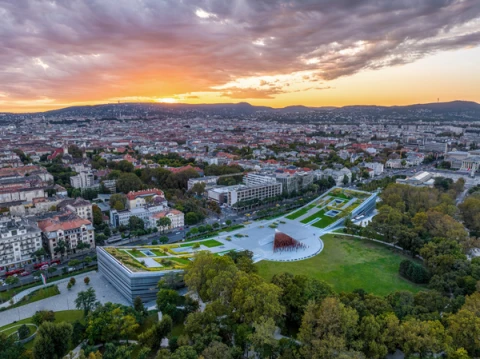
Museum of Fine Arts /
Romanesque Hall
Under the auspices of the Liget Budapest Project, the largest renovation in the history of the Museum of Fine Arts has been completed. One of the most spectacular results of the reconstruction work, which lasted more than three years, was the reopening of the museum's impressive Romanesque Hall after 70 years. Not only has the building been renovated, but the museum's permanent exhibitions have also been reorganised, returning to the original concept of the collection. And since the reopening of the institution in 2018, you have been able to see world-renowned exhibitions such as Michelangelo, Cezanne, Bosch, Matisse, El Greco and Renoir.
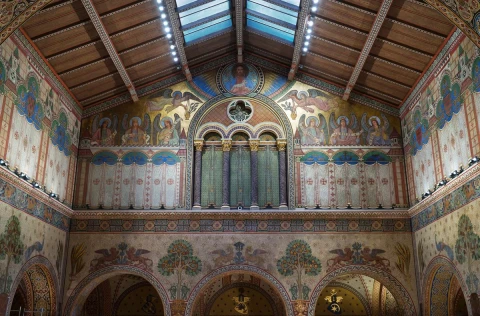
House of the Hungarian Millennium | NEO Contemporary Art Space
One of the oldest and most impressive buildings in the City Park, the former Olof Palme House has been reopened as the House of the Hungarian Millennium following its monumental reconstruction. The 130-year-old building has been restored to its original splendour and boasts one of the most beautiful facades in Hungary, thanks to thousands of Zsolnay ceramics and the first ever outdoor majolica decoration. The building is home to the NEO Contemporary Art Space, whose mission is to become an important exhibition space for fine art and to host exhibitions of the most important Hungarian and international artists. Opposite the entrance to the building, we have created a large and fragrant rose garden, in the middle of which you can admire the Zsolnay fountain.
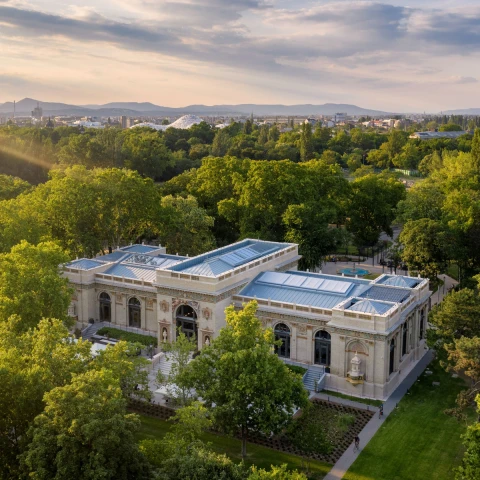
National Museum Restoration and Storage Centre
One of Europe's largest and most modern museum backbones has been built in Szabolcs Street, near the City Park. The 37,000-square-metre building complex of the National Museum Restoration and Storage Centre provides outstanding professional conditions and technical background for the conservation of nearly 350,000 artefacts of the Museum of Ethnography, the Museum of Fine Arts and the National Gallery. With it's world-class museum storage facilities, restoration workshops, laboratories and research rooms, even the continent's major museums have only a handful of service facilities as complex as this development.
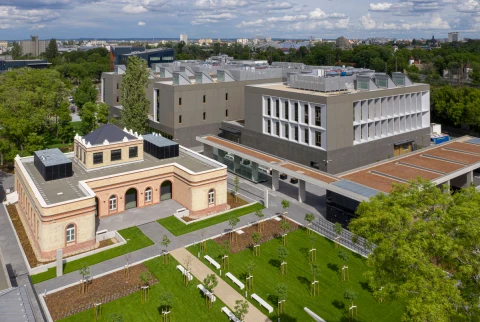
Museum underground parking
An important milestone in the long-awaited "car-freeing" of the City Park is the completion of the Museum Underground Parking, which offers 800 parking spaces on three levels on Dózsa György road for visitors and residents of the park, on the site of the outdoor basalt-covered car park. A unique feature in Europe, reflecting the centuries-long link between the City Park and the arts, the interior of the underground car park features a masterpiece by each of 12 outstanding Hungarian artists from the National Picture Gallery's collection, from László Moholy-Nagy to Ilona Keserü, Dóra Maurer, Imre Bak and Victor Vasarely.
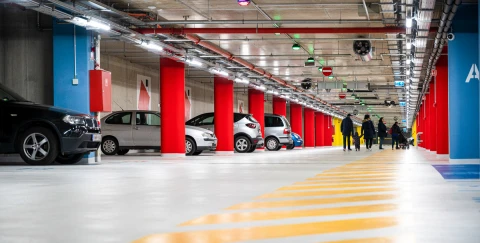
Star fortress of Komárom
The highlights of the Museum of Fine Arts' plaster cast collection is on display in the fully renovated and expanded Star Fortress in Komárom. The investment has created a new cultural centre of more than 7 000 square metres, where hundreds of important pieces from the Museum of Fine Arts' ill-fated plaster collection have finally found a worthy home after seven decades. The new facility provide educational and informative functions in an interactive museum environment, making the Star Fortress a truly family-friendly cultural institution.
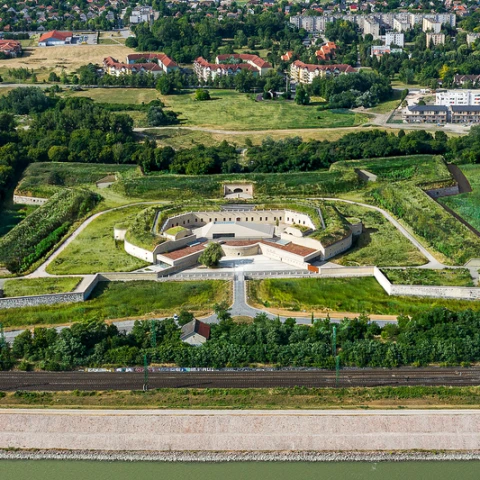
City Park Main Playground
Since its opening, Hungary's most complex and state-of-the-art playground has become the capital's number one children's paradise. In the 13,000 square metre park area, we have set up nearly 50 special play elements, some of which can be used in an integrated way for each age group. The central attraction of the children's empire in the City Park is a 16-metre-high climbing structure inspired by the painting "Balloon" by Pál Szinyei Merse. Among other things, there are long winding slides, a wide variety of swings and ropeways, spinning toys and trampolines, and in good summer weather there is even a water playground.
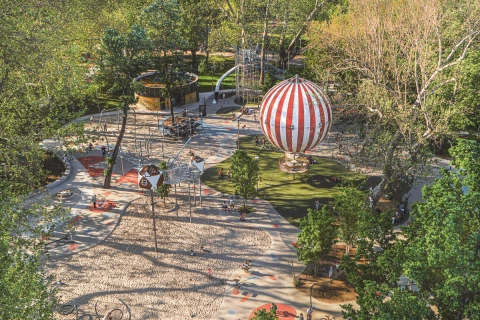
Sports centre
In the new Városliget Sports Centre, you can test yourself in more than a dozen sports, from football to basketball and chess, in a green environment that has been redesigned. Sports enthusiasts can indulge their passion in the most modern and safest conditions, with women's, men's and disabled changing rooms, water fountains and bike storage for their comfort. And with the creation of the Városliget Running Circuit, running enthusiasts on the Pest side of the city finally have an infrastructure on a par with the Margaret Islands running track.
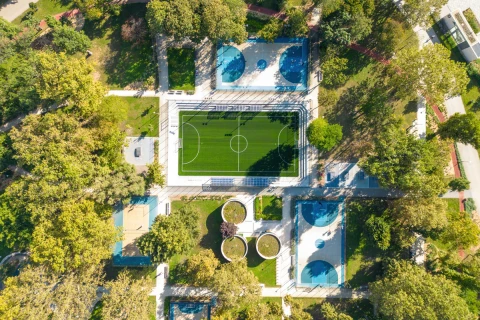
Pavilions
With the opening of the Pavilions in 2017, we gave you a small taste of what you can expect with the full renovation of the City Park. Opposite the entrance to the Zoo, a row of rundown stalls has sprung up, disfiguring the area with their poor range of goods. These have been demolished and replaced by turn-of-the-century pavilions inspired by the traditions of the Liget, based on the original designs of Frigyes Feszl. The area's vegetation has been completely revitalised, while the offer and functions have been adapted to today's requirements. The Pavilion Garden has become an important meeting place for visitors to the Liget, a frequent stop for the Zoo and Széchenyi Baths, and one of the best "lángos" (a must-try hungarian street food) in the capital.
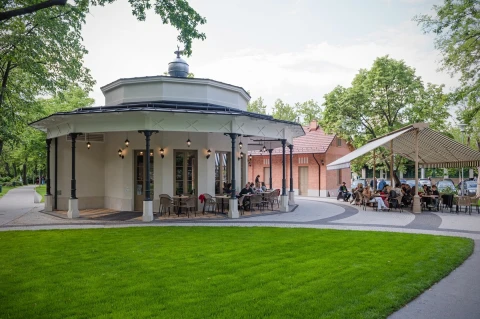
Adventure parks for dogs
During the renewal of the City Park, we have also created two dog adventure parks, which are unparalleled in Budapest in terms of their facilities and services. The Hermina Road is the most complex theme park for dogs in the country, with slalom, bridges, jumps, tunnels hidden in hills and a pedal-operated water pool. The second theme park, next to Dürer Row in Ajtósi, is also half an acre in size and has a special feature in that it has separate areas for small and large dogs.
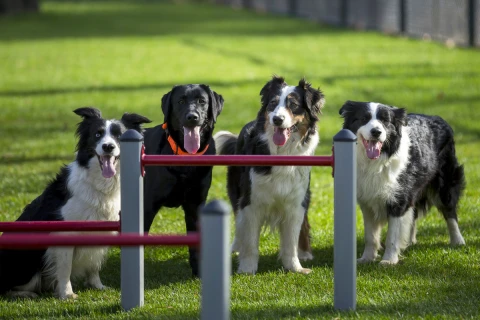
Mihály Mőcsényi Botanical Garden
The botanical garden, the educational parkland of the City Park's most unique plants, has been restored to its former glory, and named after Mihály Mőcsényi, the founder of landscape gardening education in Hungary. The renewed garden has been planted with 35,000 new plants of more than 300 different species. After the renewal of the garden, it has once again become a colourful and atmospheric community space, which has also become a centre for natural history and an outdoor biology and environmental education centre for kindergartens and schools in the area.
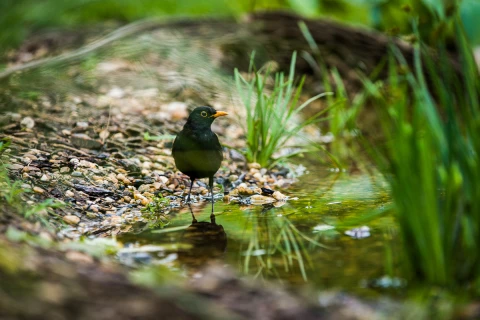
Promenade
Starting from Heroes' Square, through the Museum of Ethnography and up to the Museum Underground Parking above ground level, the City Park's Promenade has been transformed into a charming avenue in the former basalt-cube car park, which used to accommodate thousands of cars. Modern street furniture and more than 10,000 square metres of new green space have been added to the promenade, which also features a music fountain in the central part facing Dürer Row in Ajtósi, where a spectacular light concert is held regularly.
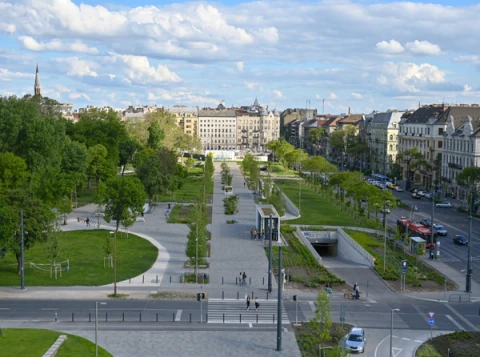
Sensory garden
Hungary's first Sensory Garden, specially designed for the blind and visually impaired, has been reborn in the City Park. The park is surrounded by a number of institutions and organisations for the blind and partially sighted, who have actively used the garden, but over the previous decades it had deteriorated badly. This is why the garden needed a complete overhaul: we made the area accessible, equipped it with modern equipment, rehabilitated the vegetation, renovated and extended the playground with special toys.
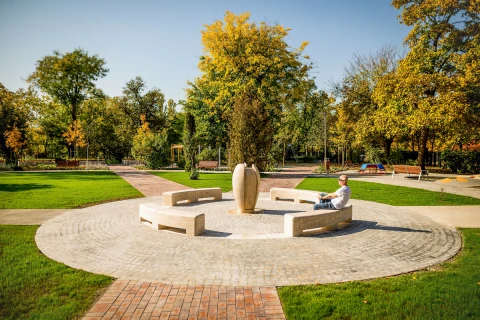
Youth sports ground
The Youth Sports Ground have been designed in consultation with the schools in the neighbourhood of the City Park, according to their needs, creating a mini sports centre with sports and running tracks suitable for assessments, which can be easily approached in school physical education classes. And outside school hours, anyone can use it.
